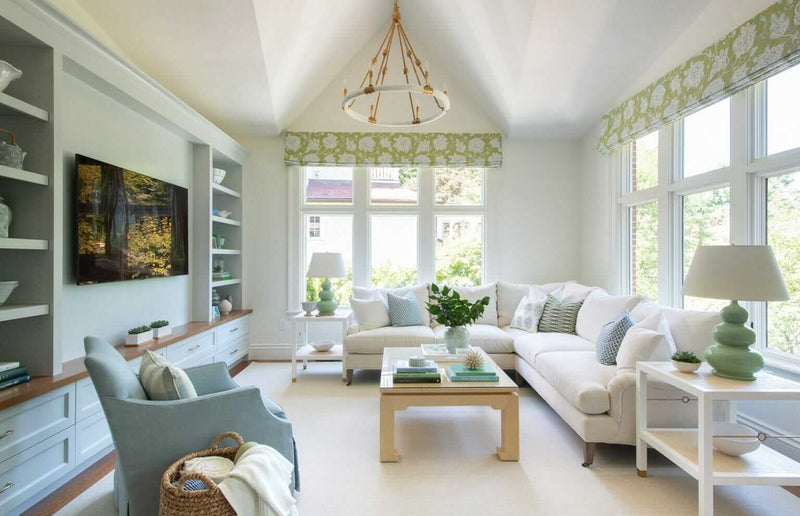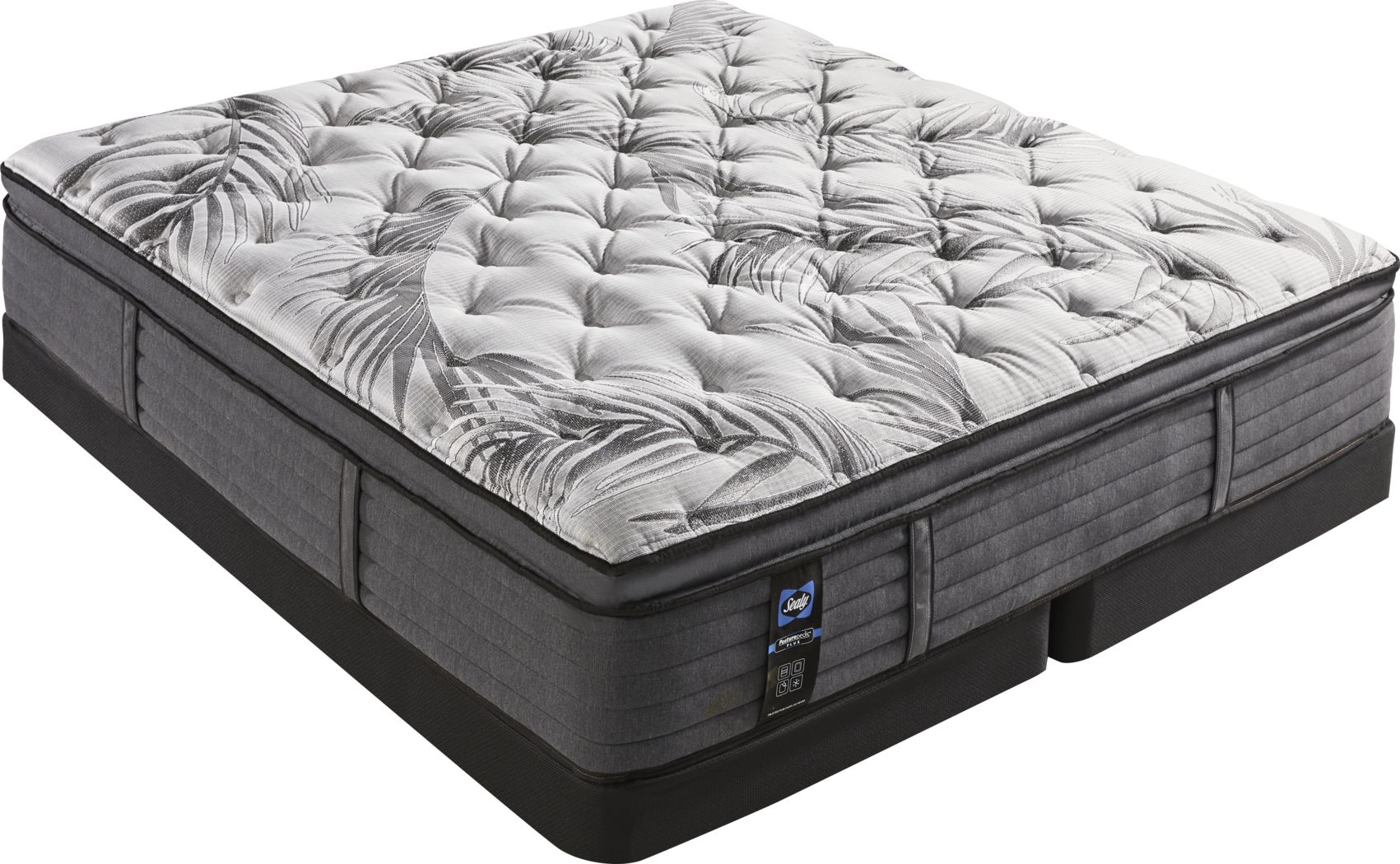Creating a Cohesive Living Room Experience
A living room is often the central gathering space in a home, where family and friends come together to relax, entertain, and make memories. As such, it's important to create a cohesive and inviting atmosphere that reflects your personal style and meets your functional needs. From furniture placement to color schemes, every element plays a role in achieving a cohesive living room design. Here are 5 tips to help you create a cohesive living room experience.
5 Tips for a Cohesive Living Room Design
1. Establish a Color Palette
One of the key elements in creating a cohesive living room is choosing a color palette and sticking to it. This doesn't mean that every piece of furniture and decor has to be the exact same color, but rather that there should be a consistent color scheme throughout the room. This could be achieved through matching throw pillows, a rug that ties in with the curtains, or a statement piece of furniture in a complementary color.
2. Mix and Match Textures
Another important aspect of a cohesive living room design is incorporating different textures. This can add depth and visual interest to the space. For example, you could pair a plush velvet sofa with a woven jute rug and a sleek metal coffee table. Mixing and matching textures can also make the room feel more inviting and comfortable.
3. Consider Furniture Placement
Proper furniture placement is essential for creating a cohesive living room layout. Start by measuring your space and considering the flow of foot traffic. Then, arrange your furniture in a way that allows for easy movement and conversation. Avoid pushing all your furniture against the walls, as this can make the room feel disconnected. Instead, try floating furniture pieces in the center of the room or creating distinct seating areas.
4. Don't Forget About Lighting
Lighting is often an overlooked element in a cohesive living room design, but it can make a big difference in the overall atmosphere. Consider incorporating a combination of overhead lighting, table lamps, and floor lamps to create layers of light and set the mood. You can also use lighting to highlight specific areas of the room, such as a piece of artwork or a cozy reading nook.
5. Add Personal Touches
Last but not least, don't be afraid to add personal touches to your living room design. This could be in the form of family photos, meaningful artwork, or sentimental decor pieces. These personal touches will not only make the room feel more cohesive, but they will also make it feel like home.
How to Achieve a Cohesive Look in Your Living Room
1. Stick to a Theme
Choosing a theme for your living room can help guide your design choices and create a cohesive look. For example, you could go for a modern, minimalistic theme with clean lines and neutral colors, or a cozy, farmhouse theme with rustic elements and warm tones. Whatever theme you choose, make sure to stick to it throughout the room for a cohesive aesthetic.
2. Use a Variety of Textiles
In addition to mixing and matching textures, using a variety of textiles can also add cohesion to your living room design. This could include incorporating different fabrics such as cotton, linen, and leather, as well as patterns like stripes, florals, and geometric shapes. Just make sure to choose textiles that complement each other and fit within your chosen color palette.
3. Consider Scale and Proportion
When choosing furniture and decor for your living room, it's important to consider scale and proportion. Furniture pieces that are too large or too small for the space can throw off the balance and make the room feel disjointed. Make sure to choose pieces that are appropriately sized for your living room and that work well together.
4. Use a Focal Point
Having a focal point in your living room can help tie all the design elements together. This could be a statement piece of furniture, a fireplace, a large window, or a piece of artwork. Whatever it may be, make sure to highlight it and use it as a starting point for your design choices.
5. Keep it Clutter-Free
Clutter can quickly make a space feel chaotic and uncoordinated. To maintain a cohesive look in your living room, make sure to keep surfaces clear and only display items that contribute to the overall design. This will create a more polished and cohesive appearance.
The Importance of Cohesion in a Living Room Design
A cohesive living room design not only looks visually pleasing, but it also creates a sense of harmony and balance in the space. When all the elements of a room work together, it can make the room feel more inviting and comfortable. A cohesive living room also reflects your personal style and makes a statement about who you are to your guests.
Designing a Cohesive Living Room: Dos and Don'ts
Do: Choose a Focal Point
As mentioned earlier, having a focal point in your living room can help anchor the design and create cohesion. This could be a statement piece of furniture, a bold rug, or a unique piece of artwork. Just make sure to choose something that you love and that fits within your overall design aesthetic.
Don't: Overdo it with Patterns
While patterns can add interest and personality to a living room, too many different patterns can make the space feel busy and overwhelming. Stick to one or two patterns in your design, and use them sparingly throughout the room to maintain a cohesive look.
Do: Incorporate Natural Elements
Natural elements, such as wood, plants, and stone, can add warmth and texture to a living room and help tie the design together. Consider incorporating these elements in your furniture, decor, or even as accent pieces in the room.
Don't: Neglect Proper Lighting
Lighting is an essential element in any living room design, and neglecting it can throw off the overall cohesion of the space. Make sure to incorporate a variety of lighting sources and use them strategically to create a comfortable and inviting atmosphere.
Do: Add Personal Touches
As mentioned earlier, adding personal touches to your living room design can make the space feel more cohesive and reflect your personal style. This could include family photos, travel souvenirs, or treasured heirlooms. Just make sure not to overdo it and clutter up the space.
Using Color to Create a Cohesive Living Room
Color is one of the most important design elements when it comes to creating a cohesive living room. Here are a few tips for using color to tie your living room design together:
1. Stick to a Limited Color Palette
Choosing 3-4 main colors to use throughout your living room will help create a cohesive look. Too many colors can make the space feel chaotic and disjointed.
2. Use a Mix of Neutral and Bold Colors
Incorporating neutral colors, such as white, beige, or gray, can help balance out bolder colors in the room. This will create a more cohesive and visually appealing look.
3. Consider Color Psychology
Color can also have a psychological impact on a room. For example, warm colors like red and orange can create a cozy and inviting atmosphere, while cool colors like blue and green can make a room feel more serene and calm. Consider the mood you want to create in your living room when choosing colors.
Incorporating Texture for a Cohesive Living Room Experience
Texture is another important element in creating a cohesive living room design. Here are a few ways to incorporate texture into your space:
1. Layer Different Textures
Mixing and matching different textures, such as wood, metal, and fabric, can add depth and visual interest to a living room. Just make sure to choose textures that complement each other and fit within your overall design aesthetic.
2. Use Textured Fabrics
In addition to mixing textures in furniture and decor, consider using textured fabrics in your curtains, throw pillows, and rugs. This can add softness and warmth to the space.
3. Incorporate Natural Textures
Natural textures, such as wood, woven jute, and stone, can bring a sense of nature and warmth into a living room. Consider using these elements in your furniture, accessories, or as accents in the room.
Maximizing Space for a Cohesive Living Room Layout
Proper space planning is crucial for creating a cohesive living room layout. Here are a few tips for maximizing space in your living room design:
1. Use Multipurpose Furniture
In a smaller living room, it's important to make the most of the available space. Consider using multipurpose furniture, such as an ottoman with hidden storage, to maximize functionality without sacrificing style.
2. Float Furniture in the Room
Pushing all furniture against the walls can make a room feel disconnected and awkward. Instead, try floating furniture in the center of the room to create distinct seating areas and allow for easy movement.
3. Create a Focal Point
As mentioned earlier, having a focal point in your living room can help tie the design together and make the space feel more cohesive. This could be a fireplace, a statement piece of furniture, or a large window with a beautiful view.
The Role of Lighting in a Cohesive Living Room Design
Lighting is an essential element in creating a cohesive living room design. Here are a few tips for using lighting to tie your living room together:
1. Use a Combination of Lighting Sources
Overhead lighting, table lamps, and floor lamps can all play a role in creating layers of light and setting the mood in a living room. Use a combination of these sources to create a comfortable and inviting atmosphere.
2. Highlight Key Areas
Lighting can also be used to highlight specific areas in the living room, such as a piece of artwork or a cozy reading nook. This will not only add visual interest but also create cohesion by drawing the eye to different elements in the room.
3. Consider the Color Temperature
The color temperature of lighting can also have an impact on the overall atmosphere of a room. Warm, yellow-toned lighting can create a cozy and inviting feel, while cooler, blue-toned lighting can make a space feel more modern and sleek. Consider the mood you want to create in your living room when choosing lighting sources.
Bringing it All Together: How to Create a Cohesive Living Room Experience
Creating a cohesive living room experience is all about balance and attention to detail. From choosing a color palette to incorporating different textures and using proper lighting, every element plays a role in achieving a cohesive design. By following these tips and staying true to your personal style, you can create a living room that is not only visually appealing but also functional and inviting.
Cohesive Living Room Experience: The Key to a Well-Designed Home
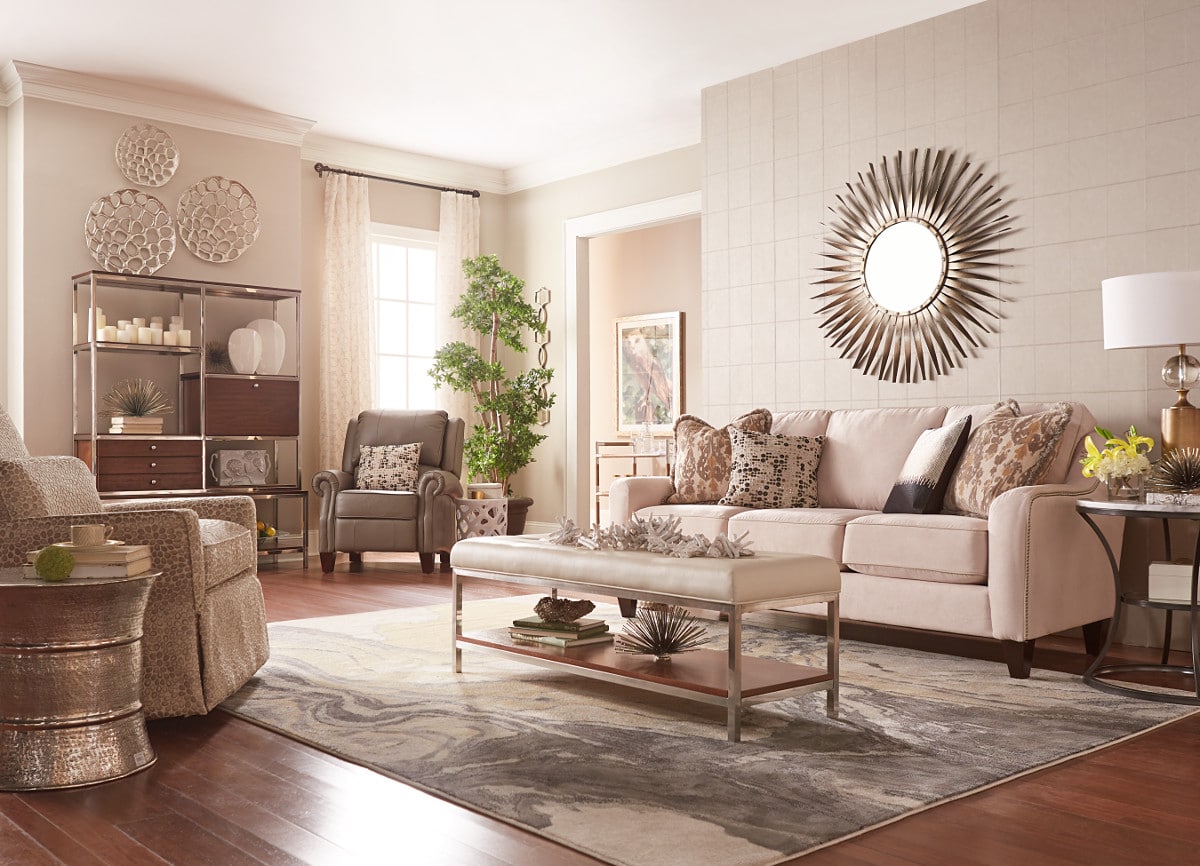
Creating a Cohesive Living Room
 When it comes to designing a home, the living room is often considered the heart of the space. It's where we gather with family and friends, relax after a long day, and entertain guests. As such, it's important to create a cohesive living room experience that reflects your personal style and invites comfort and functionality into the space.
One of the key elements of a cohesive living room is the furniture arrangement.
This includes not only the placement of the furniture, but also the style and design of each piece. It's important to consider the flow of the room and how each piece of furniture works together. For example, if you have a large sectional sofa, balance it out with a couple of armchairs or a coffee table to create a more intimate and inviting atmosphere.
When it comes to designing a home, the living room is often considered the heart of the space. It's where we gather with family and friends, relax after a long day, and entertain guests. As such, it's important to create a cohesive living room experience that reflects your personal style and invites comfort and functionality into the space.
One of the key elements of a cohesive living room is the furniture arrangement.
This includes not only the placement of the furniture, but also the style and design of each piece. It's important to consider the flow of the room and how each piece of furniture works together. For example, if you have a large sectional sofa, balance it out with a couple of armchairs or a coffee table to create a more intimate and inviting atmosphere.
Choosing the Right Color Palette
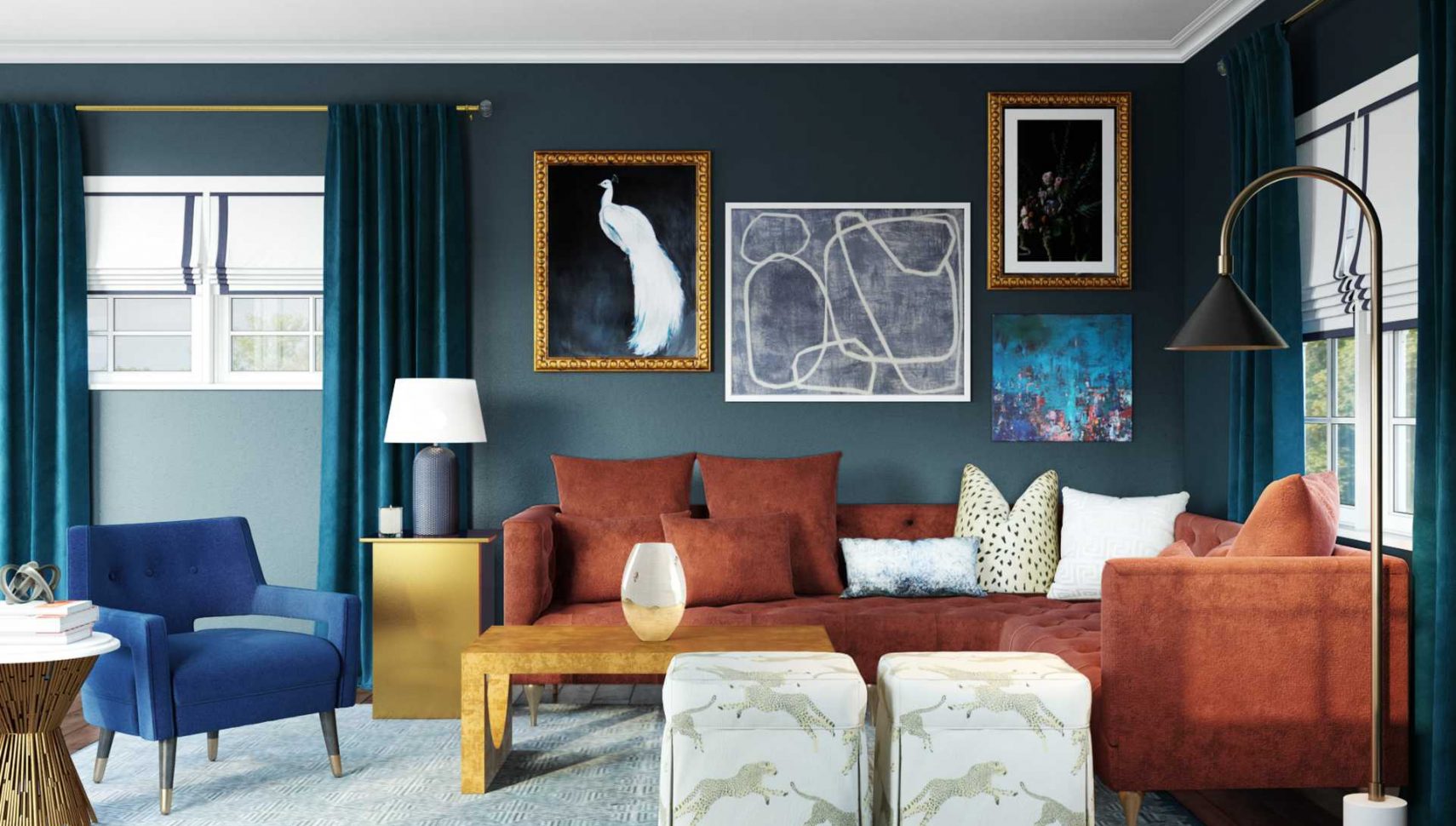 The color palette is another crucial aspect of creating a cohesive living room.
It's important to choose colors that complement each other and create a harmonious atmosphere. This doesn't necessarily mean everything has to match perfectly, but rather that there is a sense of balance and coordination. Consider using a neutral base and adding pops of color with accents such as throw pillows, rugs, or artwork.
The color palette is another crucial aspect of creating a cohesive living room.
It's important to choose colors that complement each other and create a harmonious atmosphere. This doesn't necessarily mean everything has to match perfectly, but rather that there is a sense of balance and coordination. Consider using a neutral base and adding pops of color with accents such as throw pillows, rugs, or artwork.
Adding Personal Touches
 Adding personal touches to your living room is what truly makes it feel like a home.
This can include family photos, sentimental items, or unique decor pieces that reflect your personality and interests. These personal touches not only add character to the space, but also create a sense of warmth and comfort.
Adding personal touches to your living room is what truly makes it feel like a home.
This can include family photos, sentimental items, or unique decor pieces that reflect your personality and interests. These personal touches not only add character to the space, but also create a sense of warmth and comfort.
The Importance of Lighting
The Final Touch: Textures and Patterns
 Lastly, incorporating different textures and patterns can add depth and visual interest to a living room.
This can be achieved through a variety of elements such as throw blankets, pillows, rugs, or even wallpaper. Mixing different textures and patterns can add dimension to the space and create a more dynamic and cohesive look.
In conclusion, creating a cohesive living room experience is essential in designing a well-rounded and inviting home. By considering furniture arrangement, color palette, personal touches, lighting, and textures, you can create a space that not only looks aesthetically pleasing, but also feels comfortable and functional. Remember to keep your personal style in mind and have fun with the design process. With these tips in mind, you can create a living room that truly reflects your unique personality and creates a warm and welcoming atmosphere.
Lastly, incorporating different textures and patterns can add depth and visual interest to a living room.
This can be achieved through a variety of elements such as throw blankets, pillows, rugs, or even wallpaper. Mixing different textures and patterns can add dimension to the space and create a more dynamic and cohesive look.
In conclusion, creating a cohesive living room experience is essential in designing a well-rounded and inviting home. By considering furniture arrangement, color palette, personal touches, lighting, and textures, you can create a space that not only looks aesthetically pleasing, but also feels comfortable and functional. Remember to keep your personal style in mind and have fun with the design process. With these tips in mind, you can create a living room that truly reflects your unique personality and creates a warm and welcoming atmosphere.












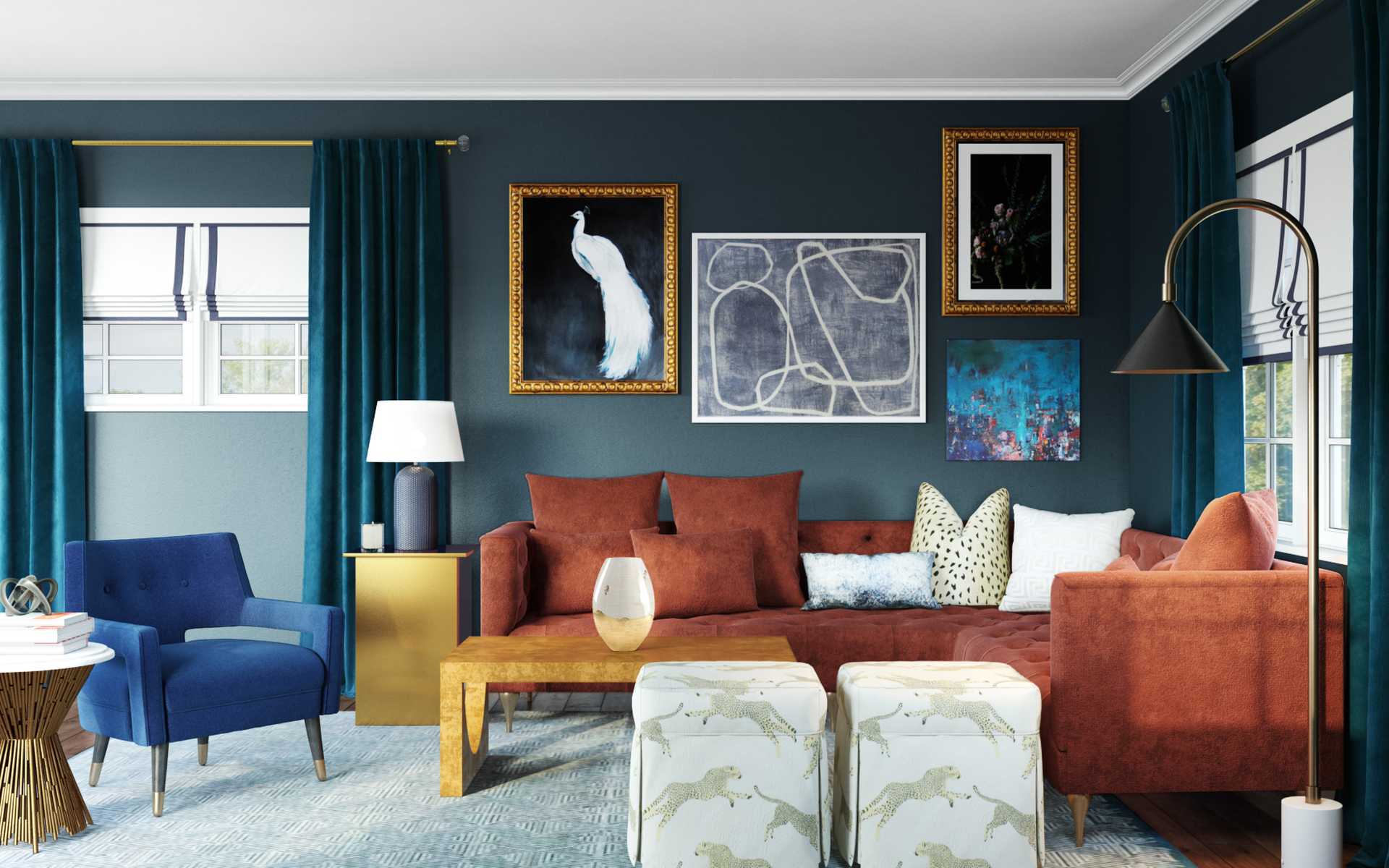
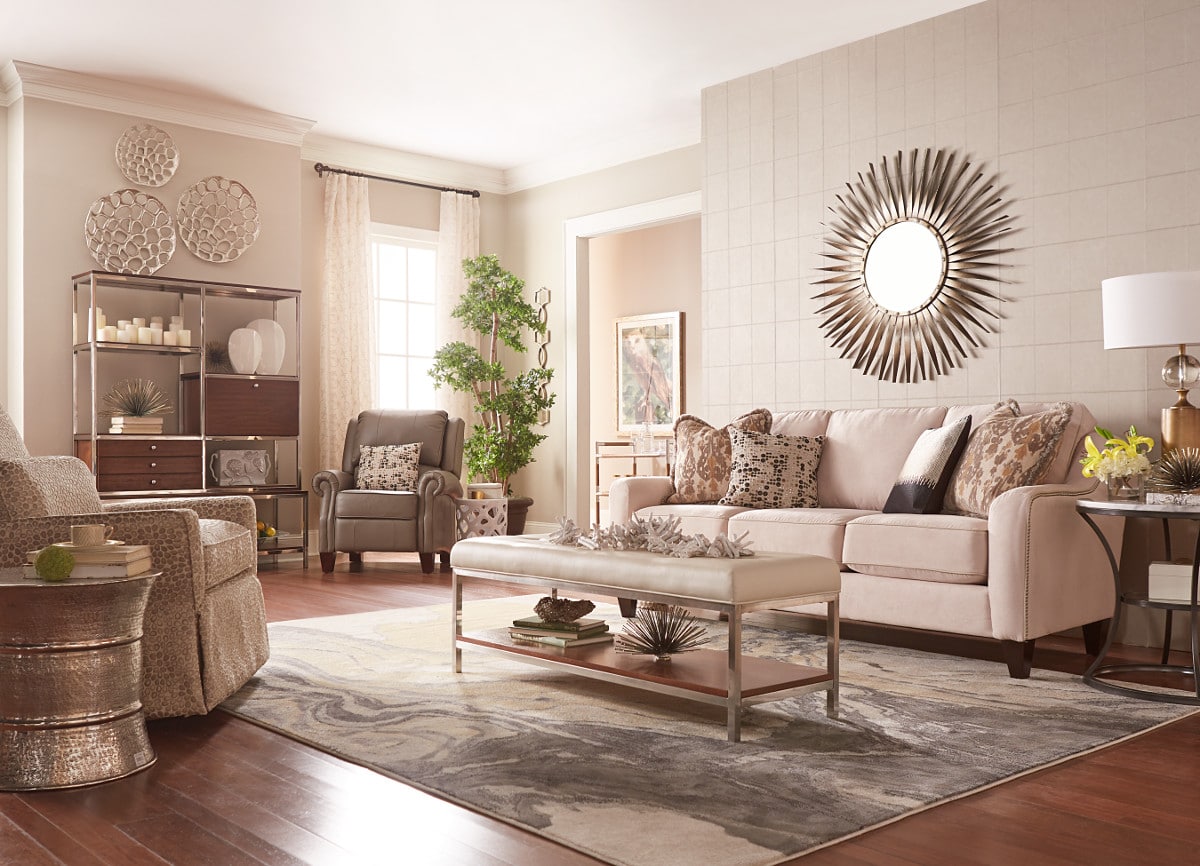

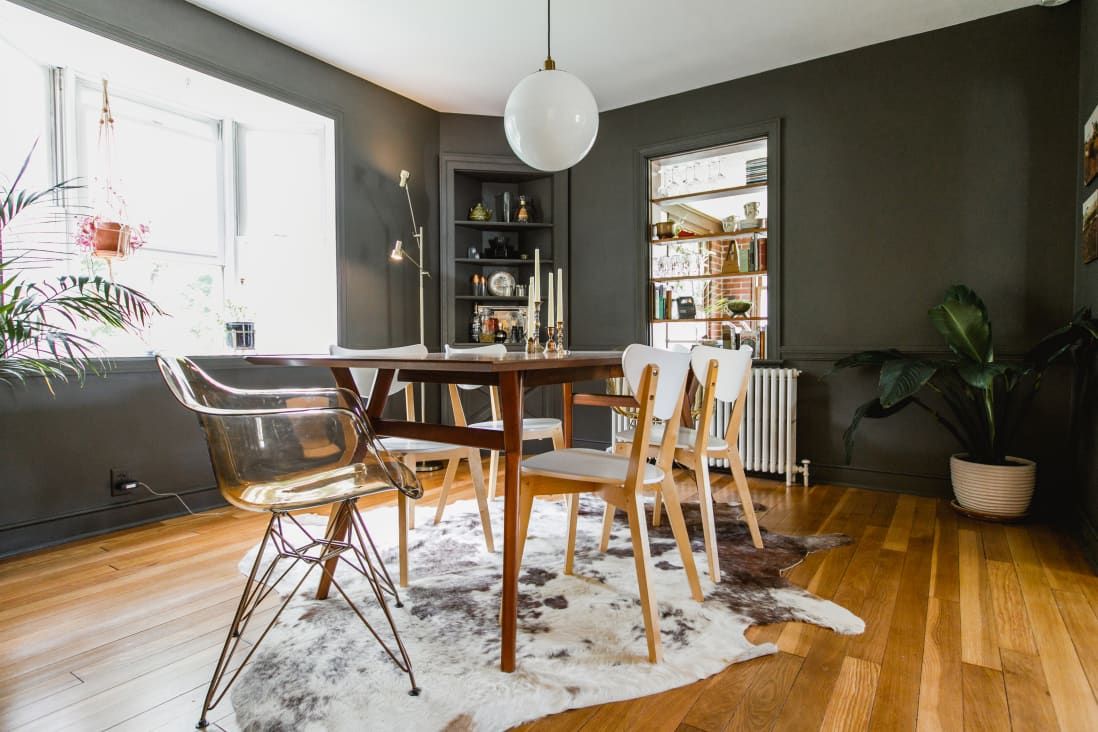





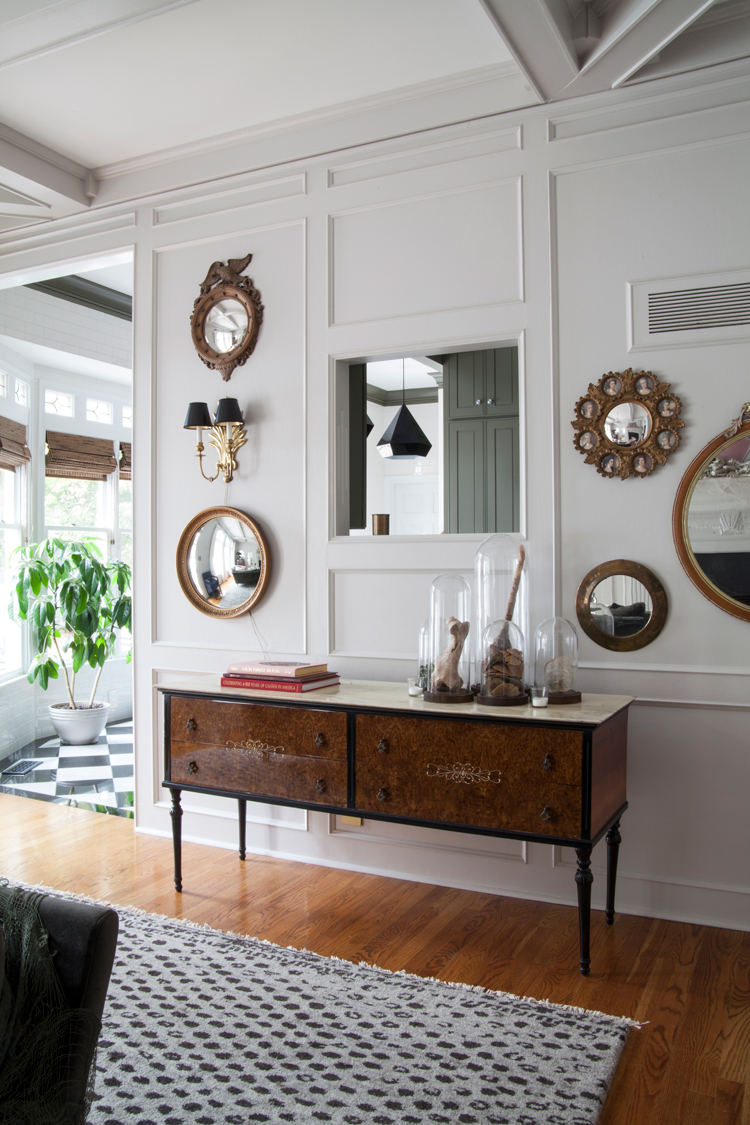
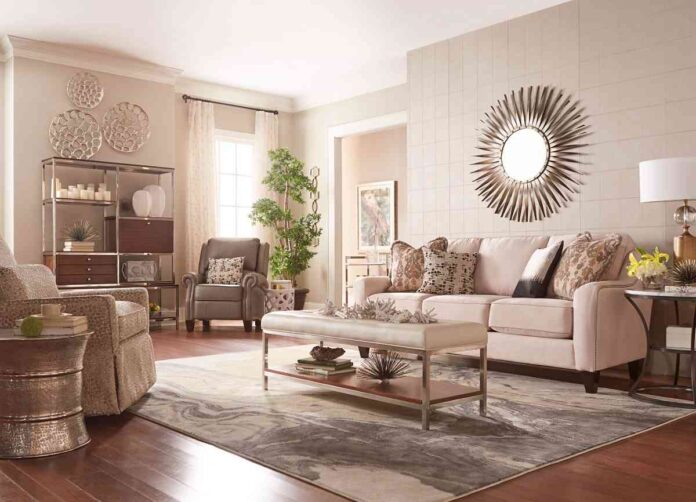


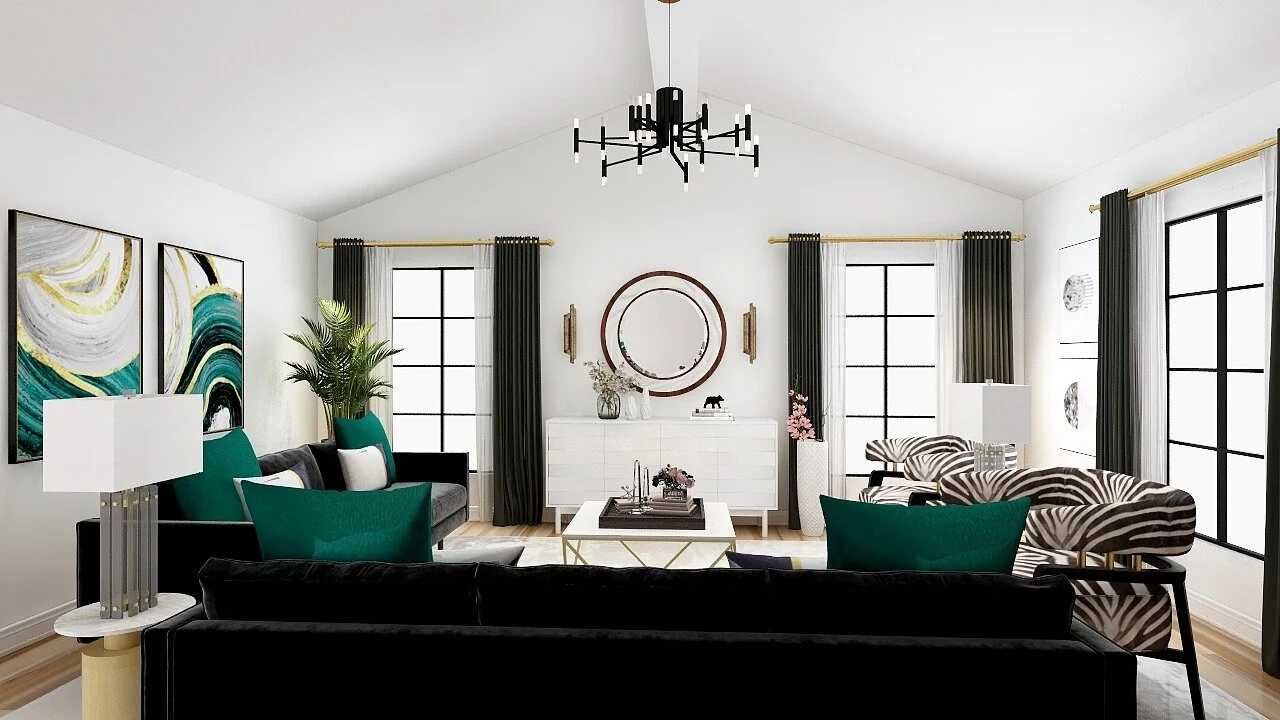
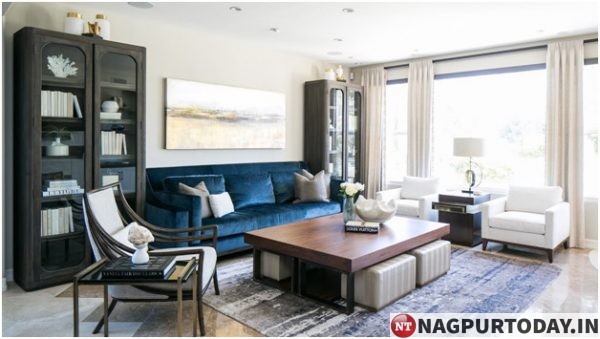
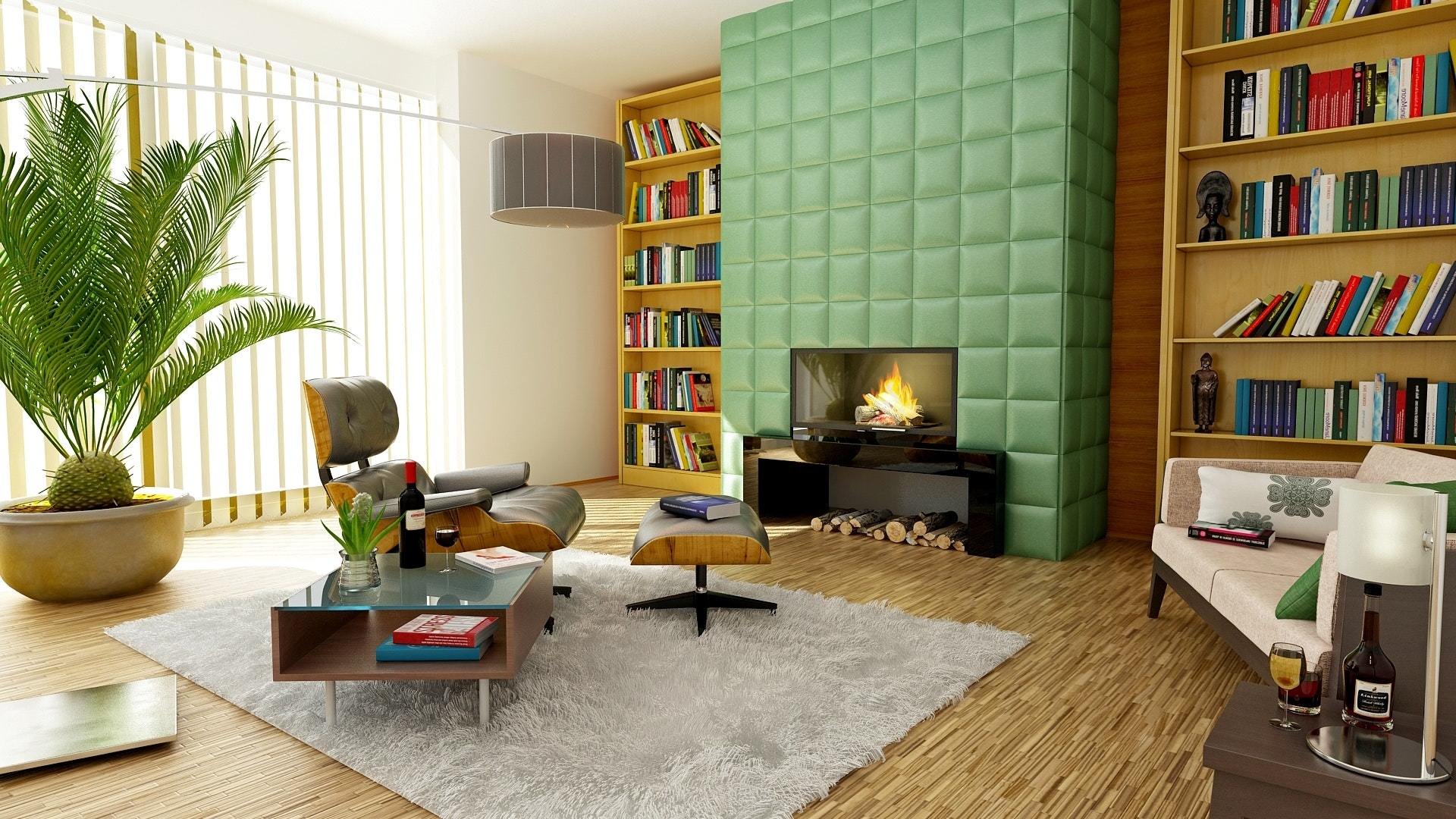



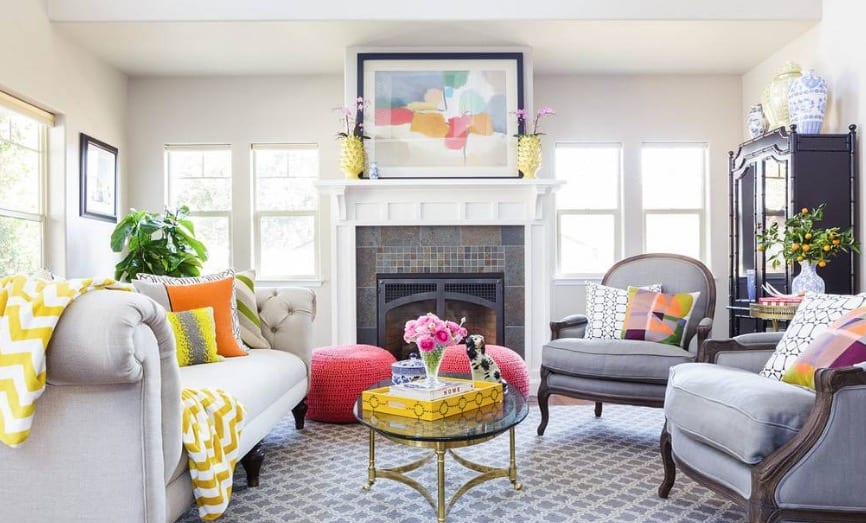



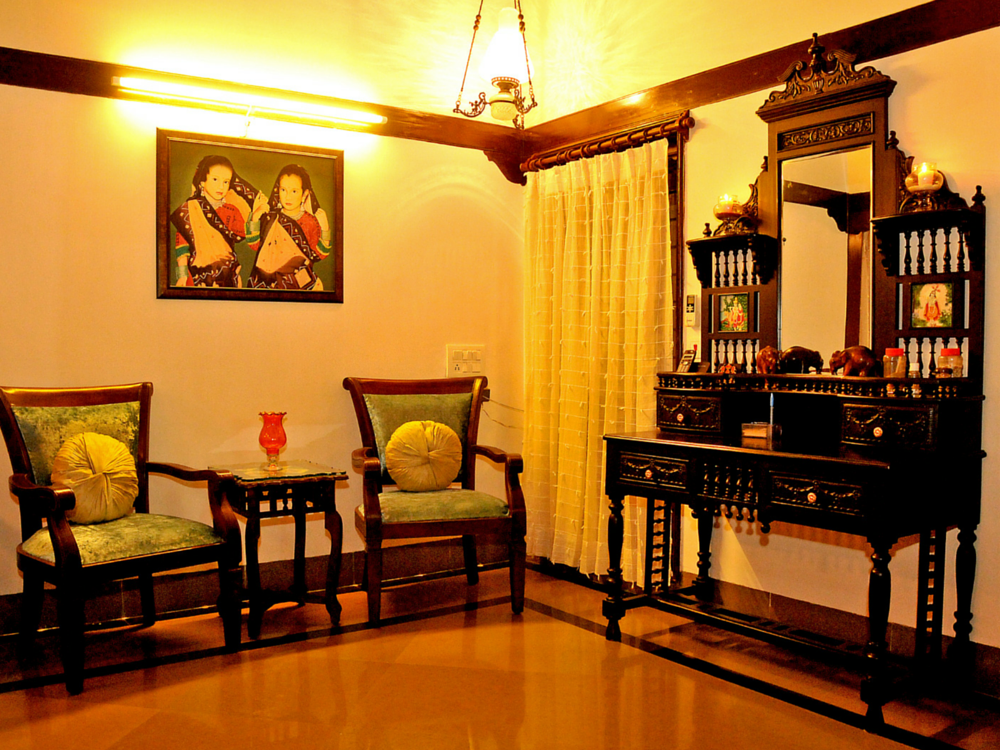
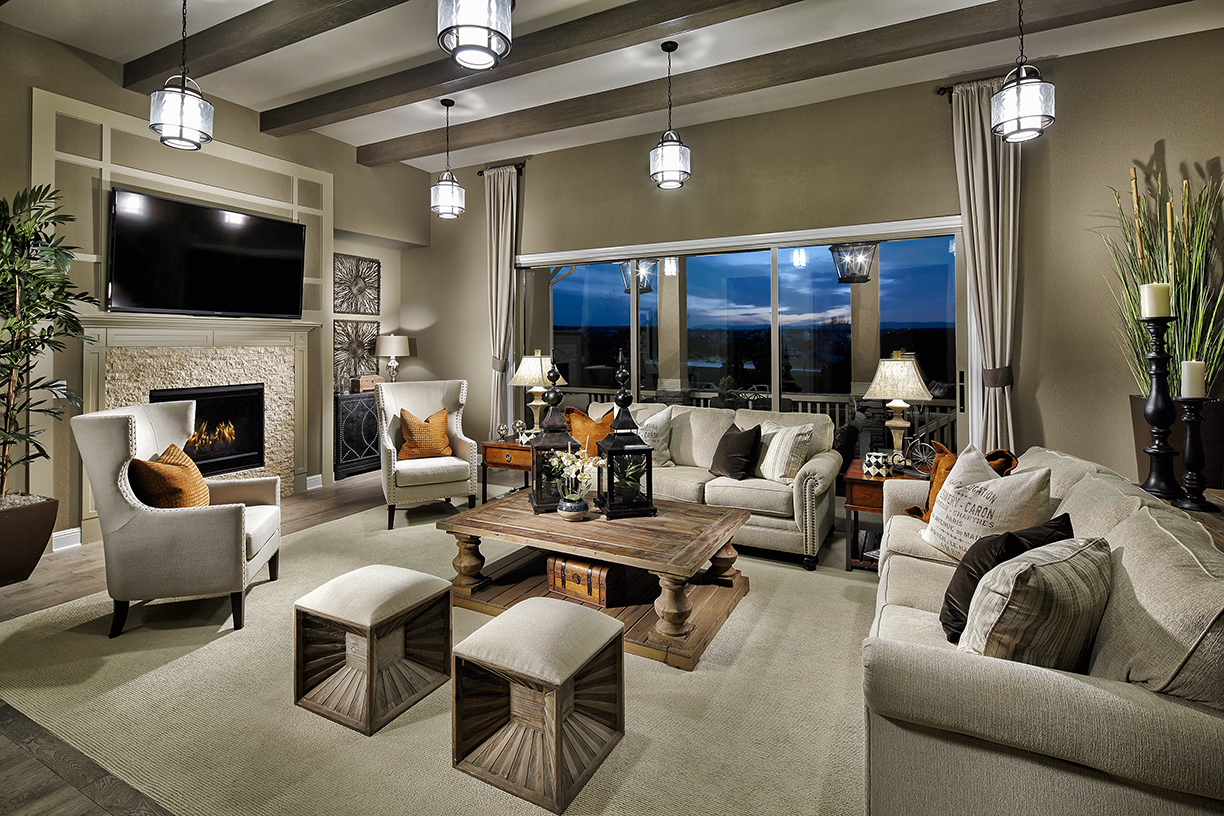



:max_bytes(150000):strip_icc()/living-room-dining-area-12f2b1fc-2f68bac0692f41b39a8f9e5b7dd37cc3.jpg)
:max_bytes(150000):strip_icc()/Chuck-Schmidt-Getty-Images-56a5ae785f9b58b7d0ddfaf8.jpg)

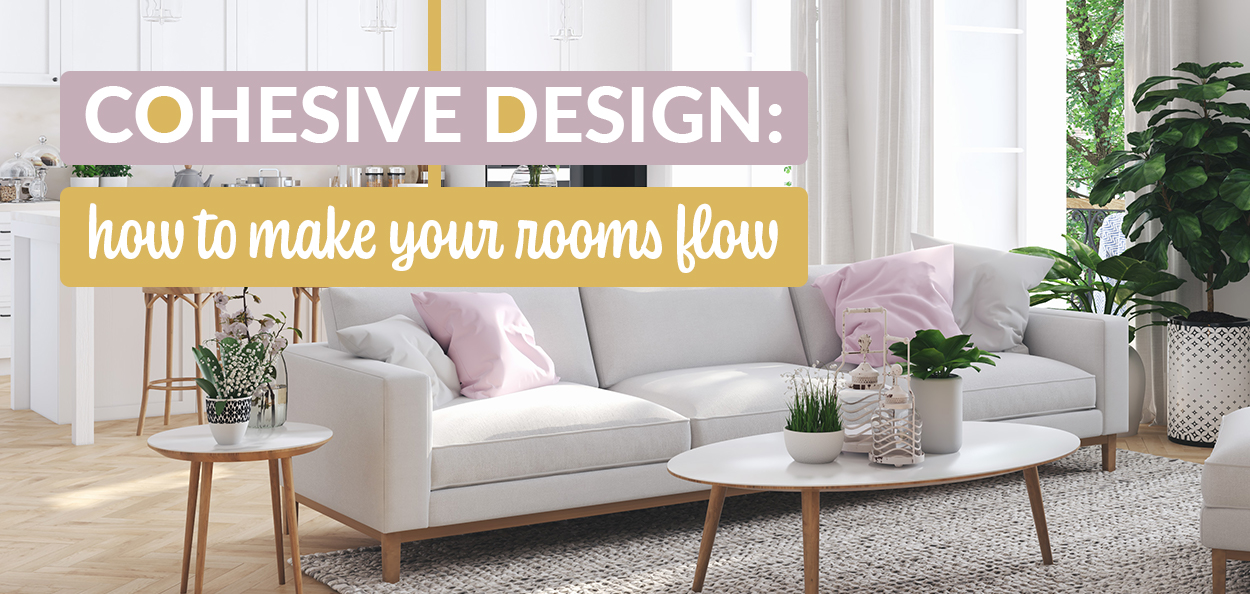




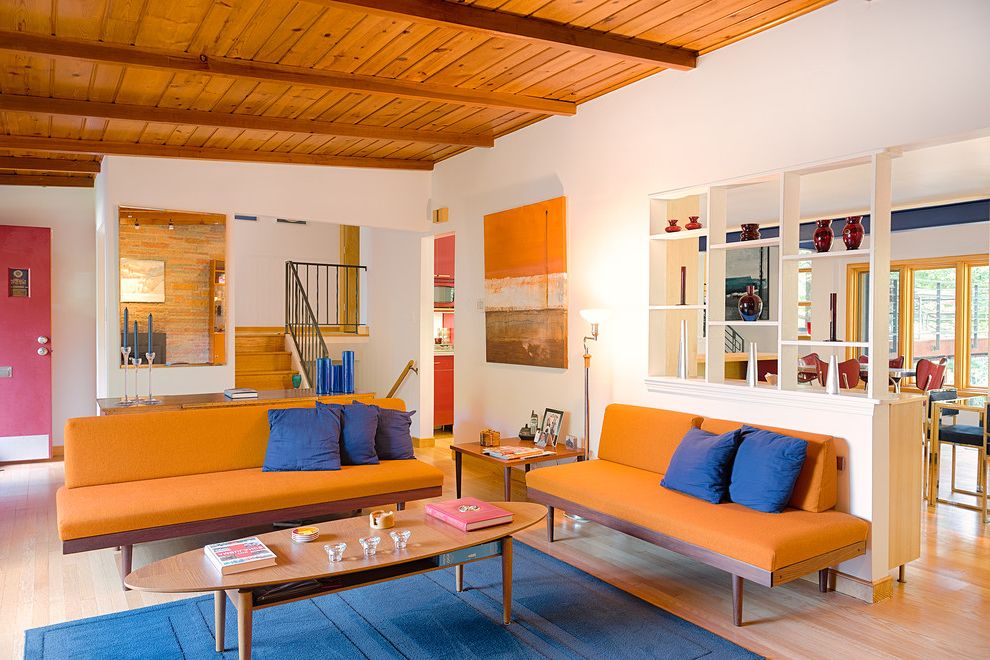


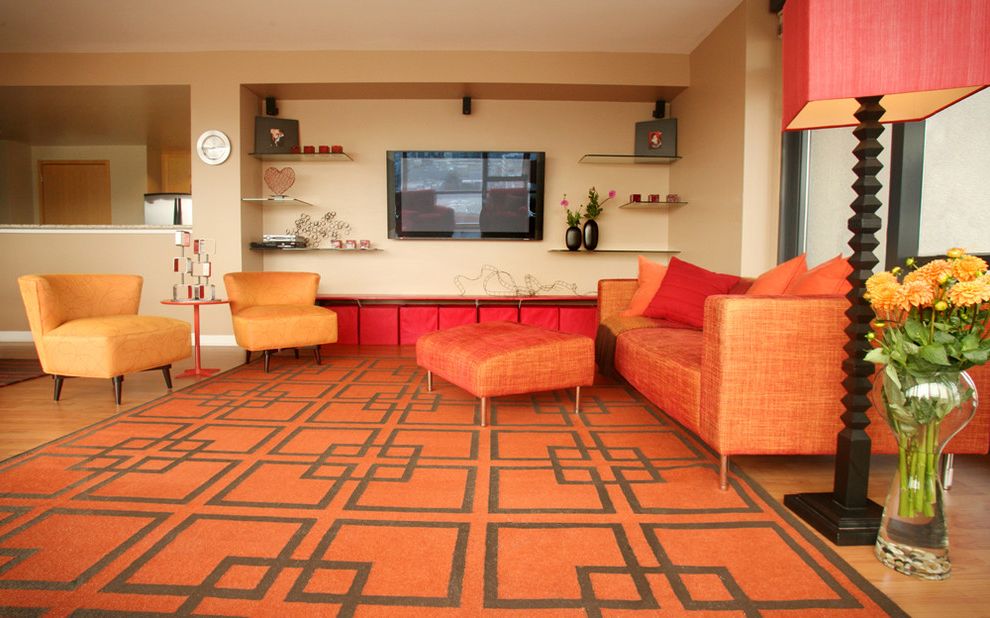









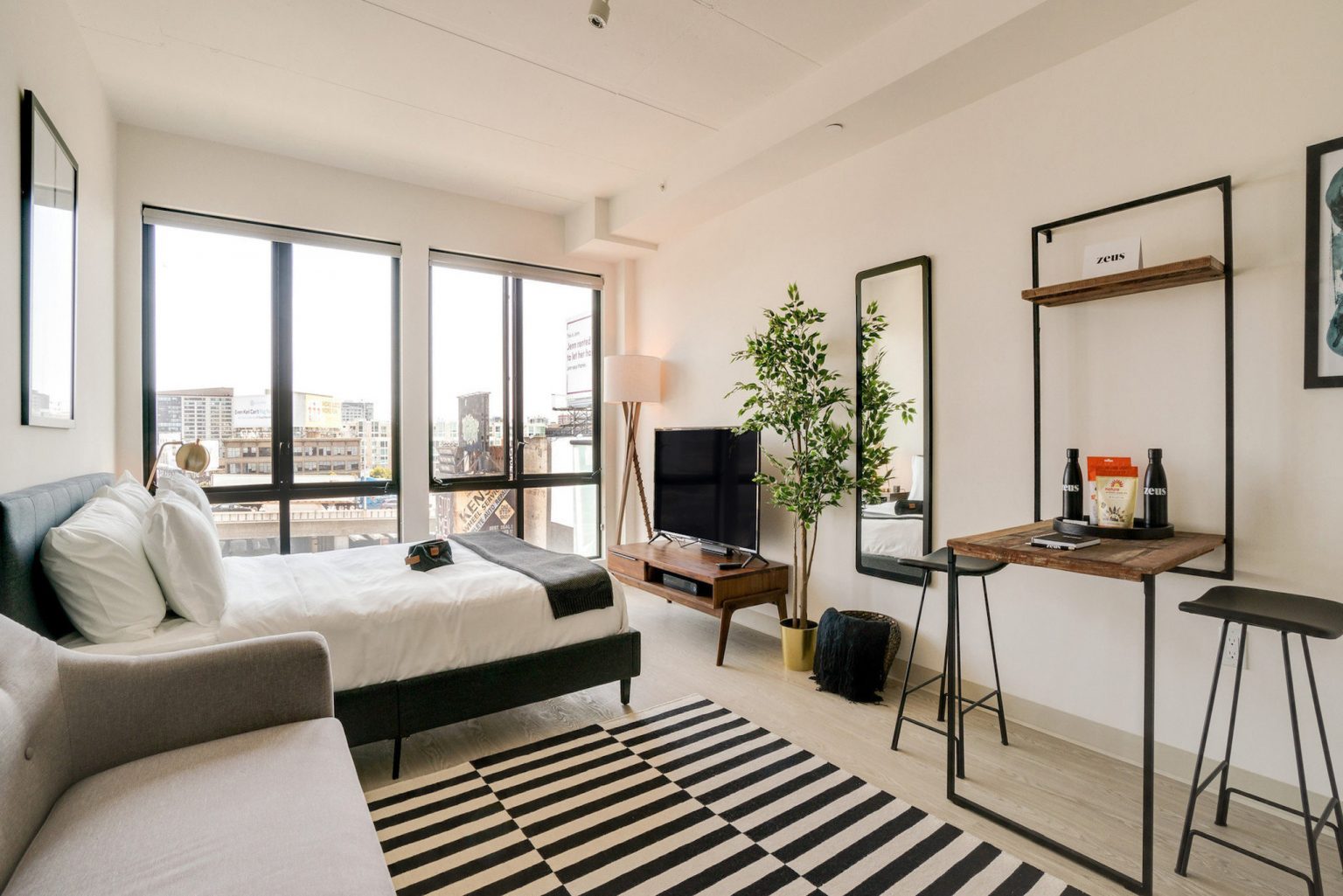


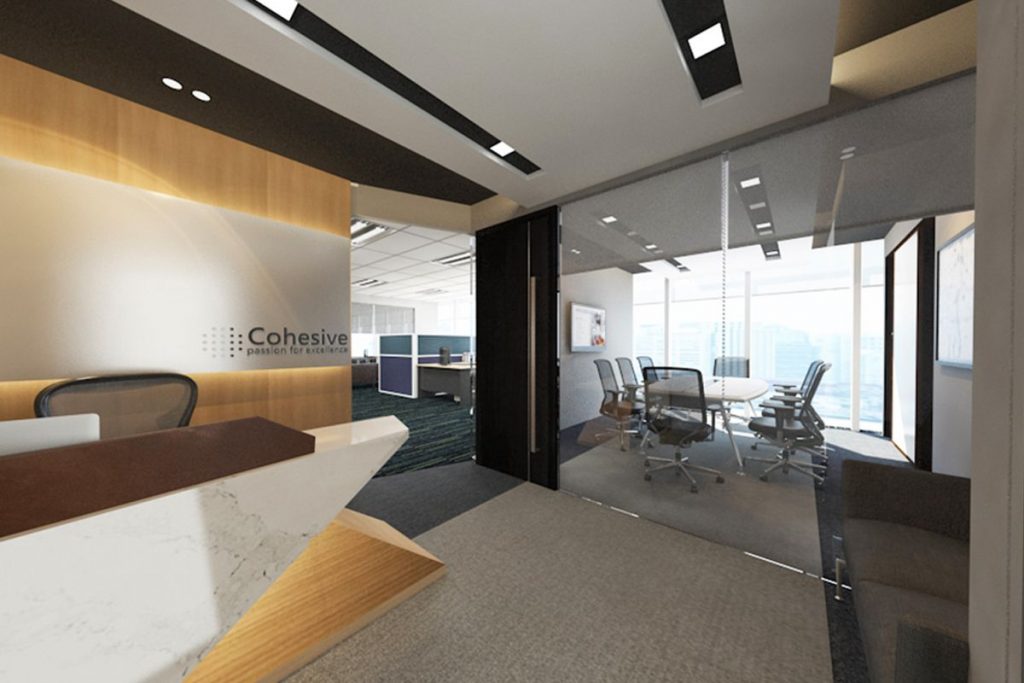




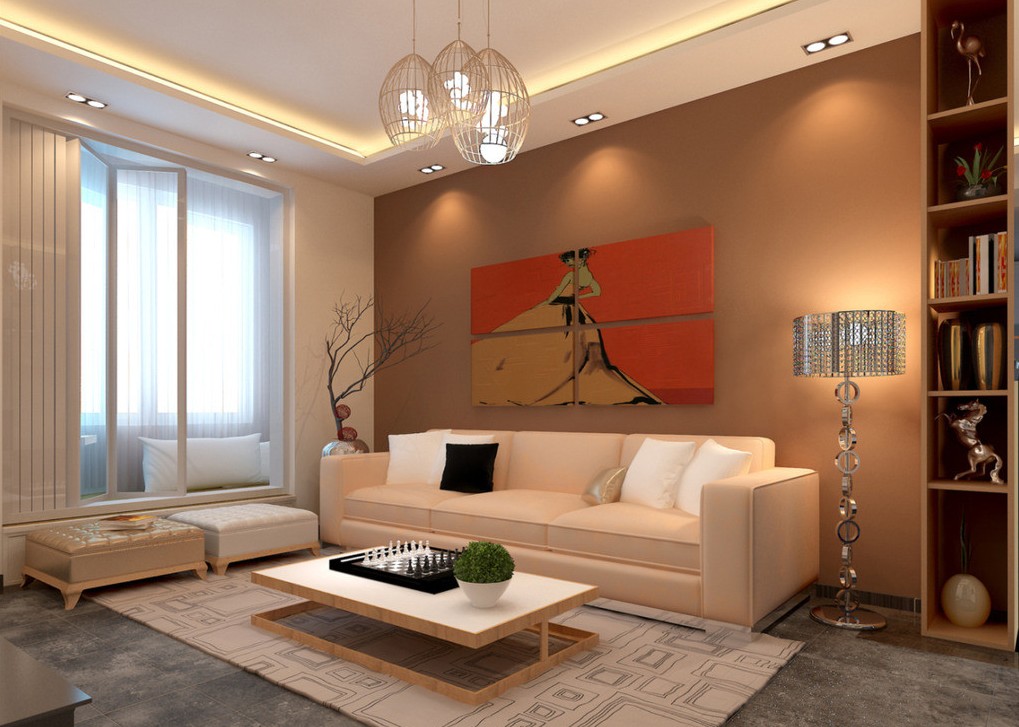
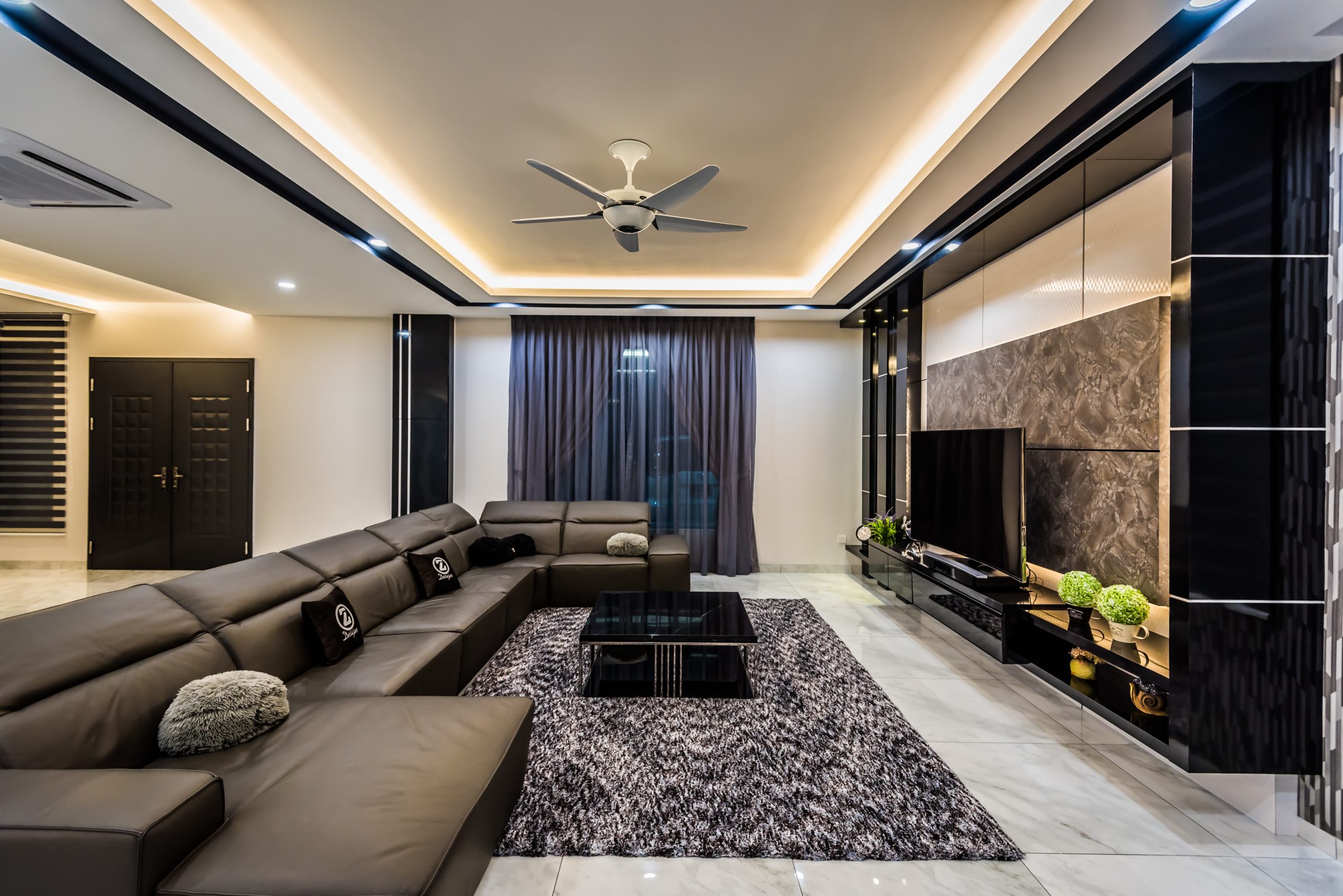

:max_bytes(150000):strip_icc()/GettyImages-1158459651-c796775e71e5498d955dab3fe0ed2add.jpg)


